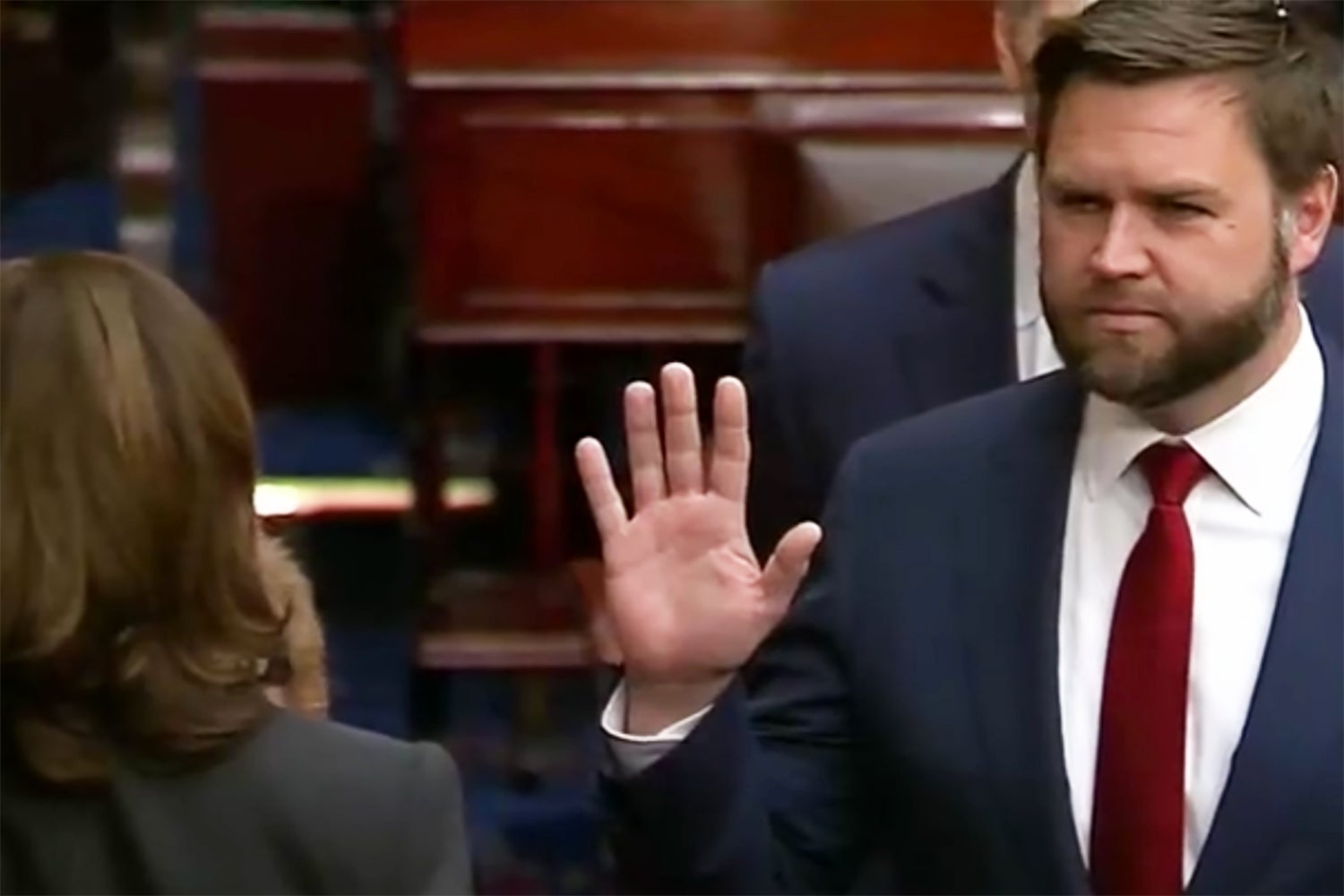Shawn Dominy: Takeout alcoholic drinks in Ohio: one for the road?
Published 12:00 am Sunday, April 18, 2021
Now that Ohioans can buy three takeout margaritas with their enchiladas to go, is it OK to sip one on the way home? If not, can a passenger drink it? And if that’s not allowed, where in the car should the drinks be placed during the drive home? No one wants to get charged with “open container,” or any other Ohio alcohol-related offenses for that matter, so consumers should know the ins and outs of Ohio’s new law allowing takeout alcoholic drinks.
Cocktails To Go
In 2020, Ohio Governor Mike DeWine enacted a cocktails-to-go policy by executive order. That order permitted customers to purchase two alcoholic drinks with each takeout meal. The policy was implemented as a way to provide restaurants and bars with additional income as they faced financial difficulties due to the COVID-19 pandemic. The executive order was a temporary emergency rule.
A more permanent Ohio law authorizing takeout alcoholic drinks was soon passed. Ohio Revised Code section 4303.185, effective Oct. 12, 2020, states that a qualified permit holder may sell alcoholic beverages by the individual drink for off-premises consumption. In other words, patrons can now buy cocktails to go from their favorite restaurant (if they have a liquor license, of course). The cocktails are subject to a few rules:
• First, the drinks must be in containers which are closed and sealed.
• Second, a meal must be sold with the drinks.
• Third, there is a limit of three drinks per meal for each customer.
Rules Aren’t Made To Be Broken
The rules for cocktails to go are not limited to the restaurants selling the beverages. Customers who purchase the beverages also are subject to regulations. For instance, Ohio Revised Code section 4301.64 prohibits consuming alcohol in a motor vehicle. The law applies to everyone in a motor vehicle, so not even the passenger can sample the margarita on the way home. Violating this law can lead to a jail sentence up to 30 days, a fine up to $250 and five years of probation.
Additionally, the “open container” law found in Ohio Revised Code section 4301.62 states that no person shall have in their possession an opened container of beer or intoxicating liquor. A violation is punishable by a fine of up to $150. The rule has many interesting exceptions for orchestral performances, racing events and passengers on “commercial quadricycles.” However, there is no exception for cocktails to go. The takeout drinks must be in their closed, sealed containers to avoid an open container charge.
So long as the drinks are closed and sealed, they do not need to be in any particular part of the vehicle on the way home, as a legal matter. But, as a practical matter, it may be wise to transport the beverages somewhere other than the cup holder, as that location may be tempting to drivers and passengers.
Breaking the Rules Could End Badly
Suppose a driver gives into that temptation and indulges in a takeout drink on the way home. If the driver is stopped by a law enforcement officer, that officer will see the open container of alcohol in the car and smell the odor of the alcoholic beverage on the driver’s breath. Not only can the officer charge the driver with violating both Ohio laws described above, but they will almost certainly begin a DUI investigation (called “OVI” in Ohio). If the driver performs poorly on field sobriety tests, like many people do, they may end up being charged with OVI too and will need the services of a skilled DUI/OVI lawyer.
The new law permitting cocktails to go is a good policy for assisting the restaurant industry. It’s also good for customers who want a convenient alcoholic drink with a takeout dinner. But when taking advantage of the new policy, just be sure to follow Ohio’s rules for alcohol in vehicles.
Shawn Dominy is a criminal defense attorney in Columbus, Ohio and the founder of the Dominy Law Firm, LLC.






